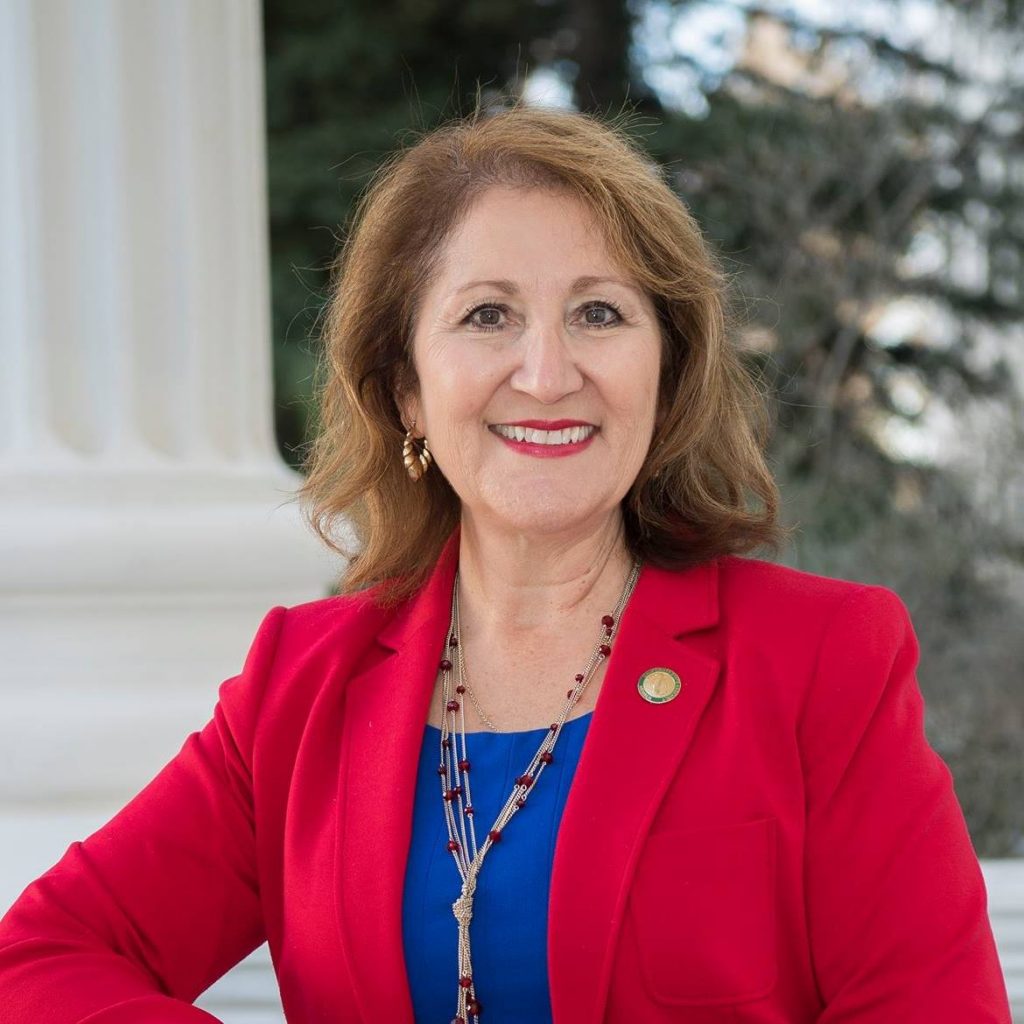SAN BERNARDINO, CA— A number of residents have asked what County leaders are doing to persuade Gov. Gavin Newsom and other State officials to offer more flexibility on COVID-related restrictions and allow more businesses to reopen. Make no mistake, the County has been hard at work on a daily basis throughout the pandemic trying to influence leaders in Sacramento.
Board of Supervisors Chairman Curt Hagman says he and other County officials and staff are in contact with federal, State and local officials on a daily basis. Much of this effort focuses on requesting alterations in State guidelines and securing additional pandemic-related resources for the county.
These efforts have delivered some notable results. Specifically, we have worked with the State to resume business activities serving communities in Purple Tier counties such as ours. Some of these specific businesses and activities we have fought to open include:
- Personal care services
- Campgrounds and outdoor recreation (with modifications)
- Hotels and lodging (with modifications)
- Libraries, retailers and shopping malls (25% capacity)
- Youth sports
- Allowing for in-person worship in churches and places of worship with restrictions.
We have also secured commitments from the State for additional testing and critical financial resources, as well as:
- Waivers that have allowed 100 schools in the county to open for in-person instruction
- More than $13 million to help provide temporary and permanent housing for the county’s homeless residents
- More than $50 million in federal CARES Act funding for a variety of services associated with combating COVID-19
- Almost $40 million to help backfill revenue losses associated with the pandemic
Our efforts to relax state mandates
While the County’s efforts have resulted in the State’s providing of additional resources, Chairman Hagman says convincing the governor to relax many of the State’s pandemic-related mandates has been a much harder sell.
Specifically, San Bernardino County has pushed hard for the state to recognize our county’s unique characteristics (primarily our immense geography), that would allow less populated rural areas to be treated differently than densely populated urban areas.
“We not only are the largest county in the lower 48 states, but we also have remote communities that have experienced literally zero infections,” Chairman Hagman said. “So we’ve been asking the State to allow us to adjust requirements based on things like population and infection rates. We’ve also emphasized a variety of practical challenges — such as requiring churches in desert communities to hold worship services outdoors when temperatures approach and exceed 100 degrees.”
He believes Governor Newsom is concerned about setting precedents for counties that don’t share San Bernardino’s unique conditions, but will nevertheless demand similar accommodations. Still, Chairman Hagman emphasizes that the County has no intention of easing up on its efforts.
“We have been very vocal in advocating a relaxation of many of the rules associated with reopening businesses, and have been particularly aggressive in seeking accommodations for churches, synagogues, mosques and other places of worship,” he said. “We’ve seen some success in that area, but are continuing to press our efforts.”
Ignoring the State not a viable option
Though some residents have argued that the county should either simply ignore the State’s directives or take a much more aggressive approach in demanding accommodations, Chairman Hagman said the county’s more cooperative tone has yielded better results — and that defying the State presents a number of unacceptable risks.
“In most of our communications, we have emphasized our willingness to work with the state for the benefit of county residents and others throughout California,” he said. “I am convinced that our cooperative attitude and tone has brought more benefits to San Bernardino County, and that a belligerent attitude would likely backfire.”
 Westside Story Newspaper – Online The News of The Empire – Sharing the Quest for Excellence
Westside Story Newspaper – Online The News of The Empire – Sharing the Quest for Excellence

